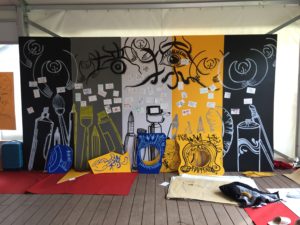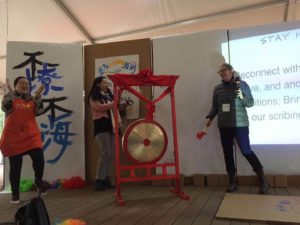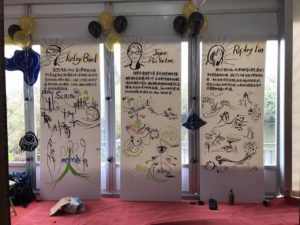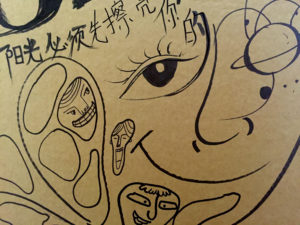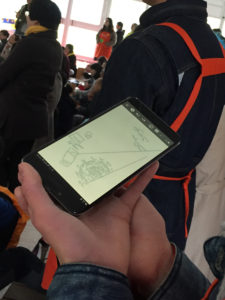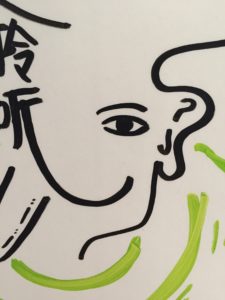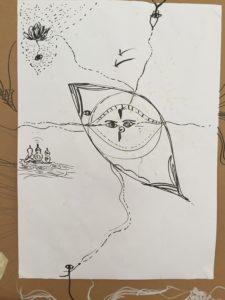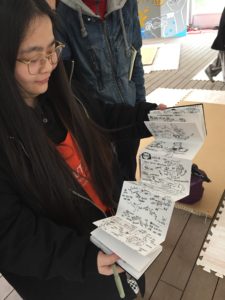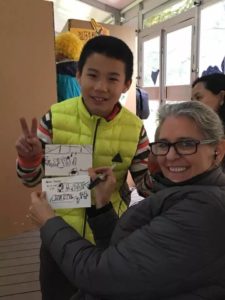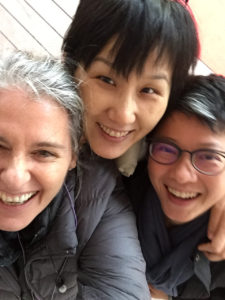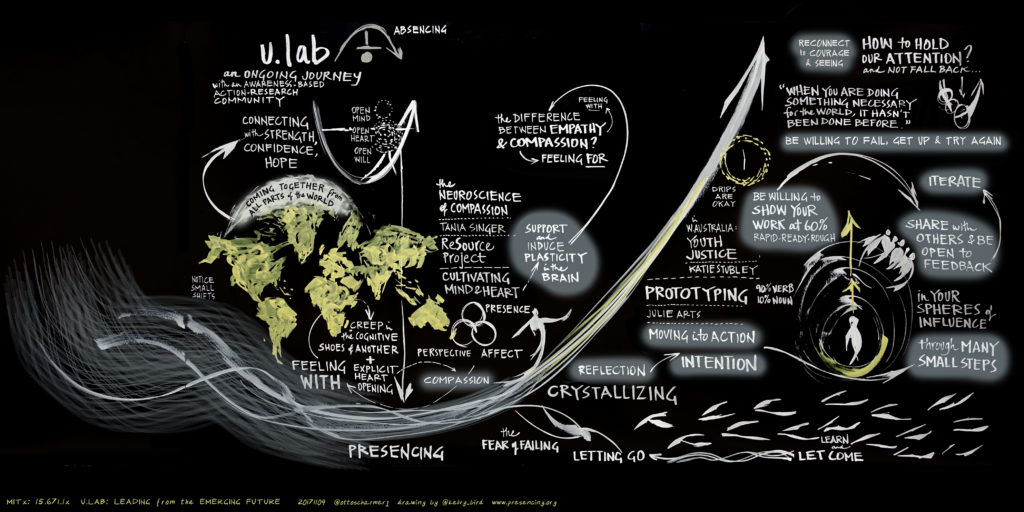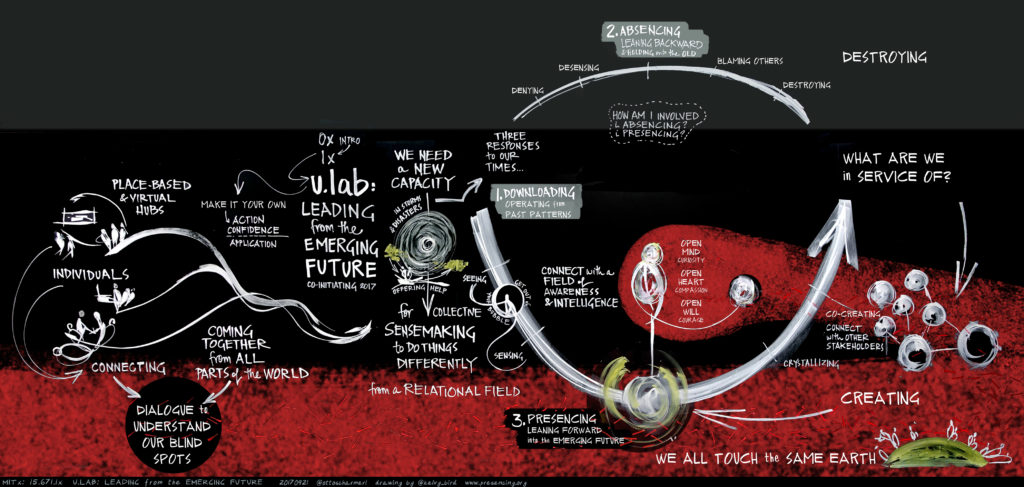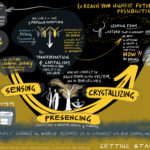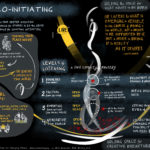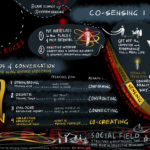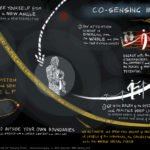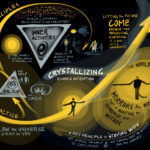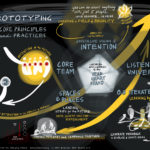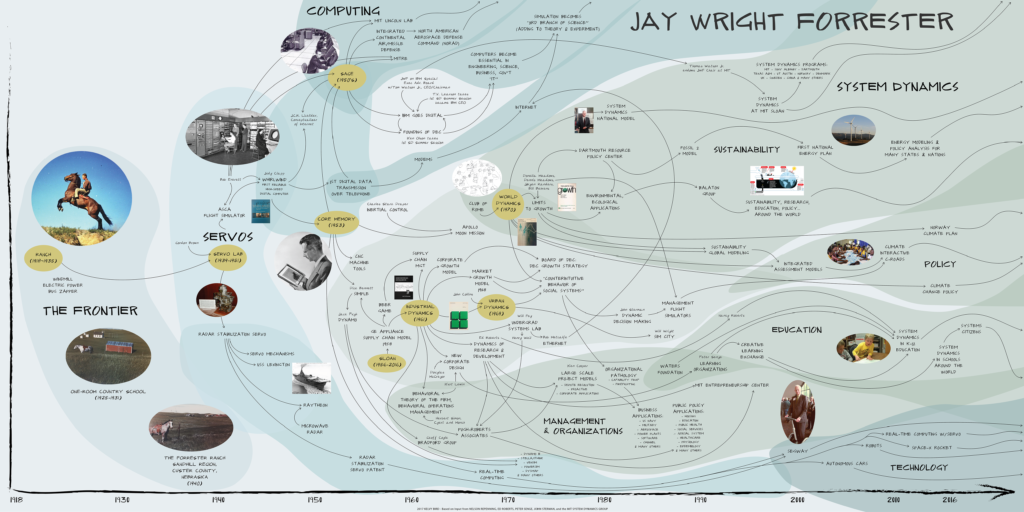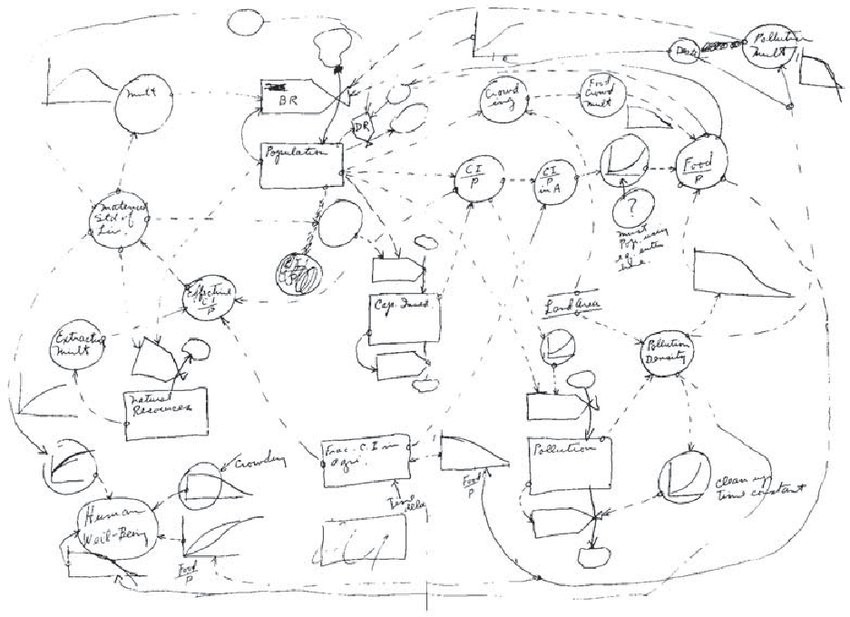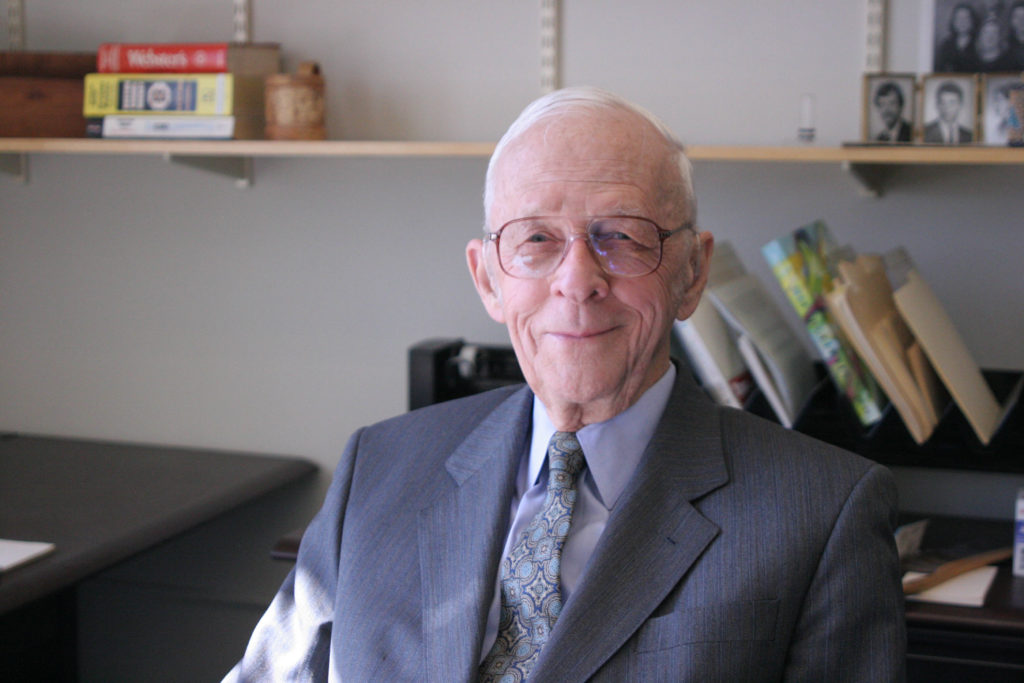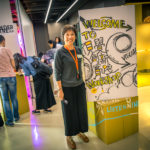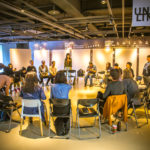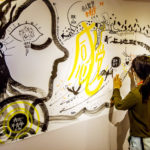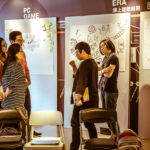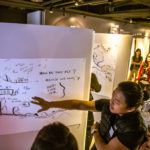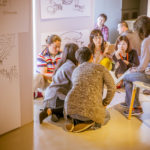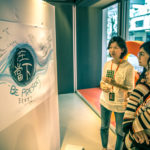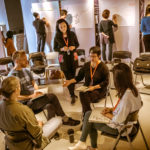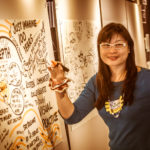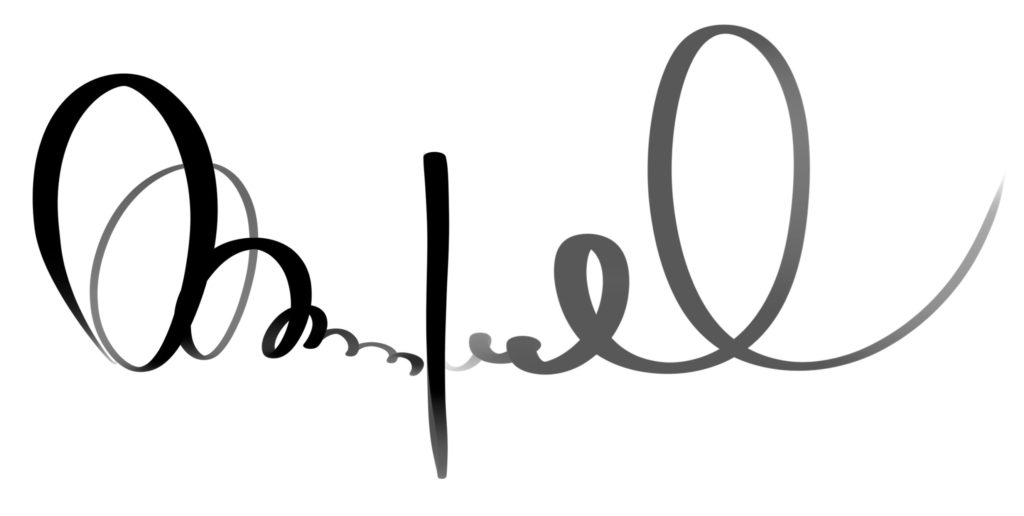Having experienced a fruitful workshop in Taipei November 2106 (above photos), we are happy to announce an upcoming workshop in Bologna, Italy 15-17 February 2017. Costs: Individuals €1,800 – Students €600 – Scholarship on request.
This workshop is designed for intermediate and advanced visual practitioners and facilitators who wish to strengthen and deepen their existing knowledge, towards developing mastery in their profession and field.
DOWNLOAD FLYER: English – Chinese
REGISTER HERE or contact Alfredo Carlo: alfredo.carlo@thevalueweb.org
THE CALL:
In times of widespread transition, visuals serve as key facilitative aids for collective seeing and navigation. Live scribing–giving form to the content of a social body, in the moment and across boundaries–is a method especially suited to address today’s great challenges. As visual practitioners seeking to meet and influence these current realities, we face a particular need and opportunity to expand our awareness, mindsets, and choices that feed into our outward expression.
THE LEARNING:
Over the three days we will combine theory, exercises, reflection, and peer learning to explore the following topics:
- Highlights of work from around the world to surface trends and leading examples
- The call of our times for visuals as a primary means of communication
- A Model of Practice that grounds inner cultivation
- Extensive work in areas of Presencing, levels of listening, systems thinking, discernment, and generative scribing
- Dialogue on what it means to draw from and for an emerging future reality
- Review of experience with large scale change initiatives
PARTICIPATION:
Drawing will be the primary form of practice. It is not required that participants be skilled scribes – but be prepared to use this expression as the main means of application over the course of the workshop.
GUIDES:
The workshop will be led by internationally recognized practitioners:
Kelvy Bird has been working as a scribe in the fields of human and organizational development since 1995, with a focus on leadership, collective intelligence, and systems thinking. As part of the Presencing Institute’s core team since 2007, Kelvy has helped shape many of the global community offerings, most recently the edX course: U.Lab: Leading from the Emerging Future, for which she provides extensive visual material. In 2016, Kelvy co-edited the anthology: Drawn Together through Visual Practice, and is currently completing her manuscript: On Scribing. At heart, Kelvy is an abstract painter, having received a BFA and BA from Cornell University.
Alfredo Carlo, born in 1975 in Brussels, is a designer of collaborative processes and a graphic facilitator. He’s the founding partner of Housatonic Design Network and since 2011 partner of Matter Group. Together these organizations deliver graphic facilitation and collaborative sessions to facilitate complexity in organisations and in communication. Alfredo is a member of The Value Web, a not-for-profit organization made of an international facilitators and designers network, which helps big and medium organizations all over the world in their processes of research for systemic and complex problems solutions.
Jayce Pei Yu Lee is big at heart, small in size, and organic in spirit. Born in 1972 in Taipei, Taiwan, she studied Typographic Design and Fine Arts while lived in New Zealand for 8 years. She has diverse professional experience ranging from graphic design, visual merchandising, retail marketing, and sales. She devotes her time to creative work and bilingual graphic facilitation (Mandarin/ English) with the MGTaylor Methodology and, since 2010, in collaboration with The Value Web at the Summer Davos in China. She is a member of The Value Web, a fellow traveller of Theory U, and a visual collaborator with the u.lab MOOC since 2015.
LOGISTICS:
Dates: Wednesday 15th February (starts 09.00) to Friday 17th February (ends 16.00)
Venue: Housatonic Studio, Via Battindarno 159/2, Bologna, Italy
Costs: Individuals €1,800 – Students €600 – Scholarship on request.
Fees include lunches & coffee breaks every day, as well as course materials and basic supplies. Accommodation and dinners are not included. Recommended hotel options will be sent with registration info.
REGISTRATION: CLICK HERE or contact Alfredo Carlo: alfredo.carlo@thevalueweb.org
To receive notices about the upcoming North America workshop 17-19 May 2017, please sign up for our general mailing list here.
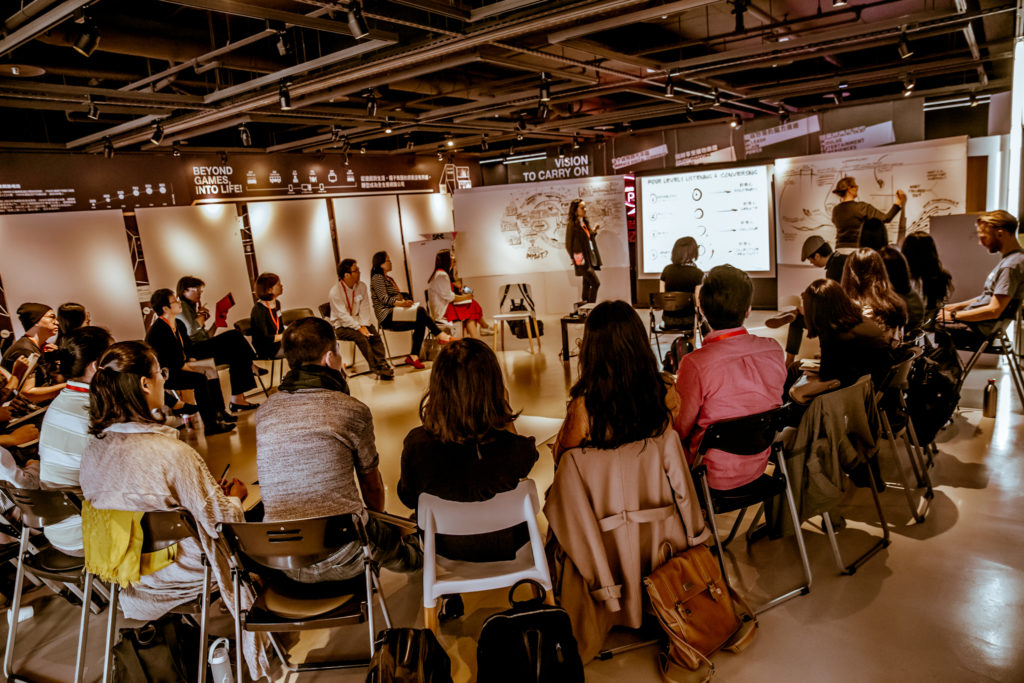
Images by Tsunami Lin from the Taipei Workshop, November 2016
